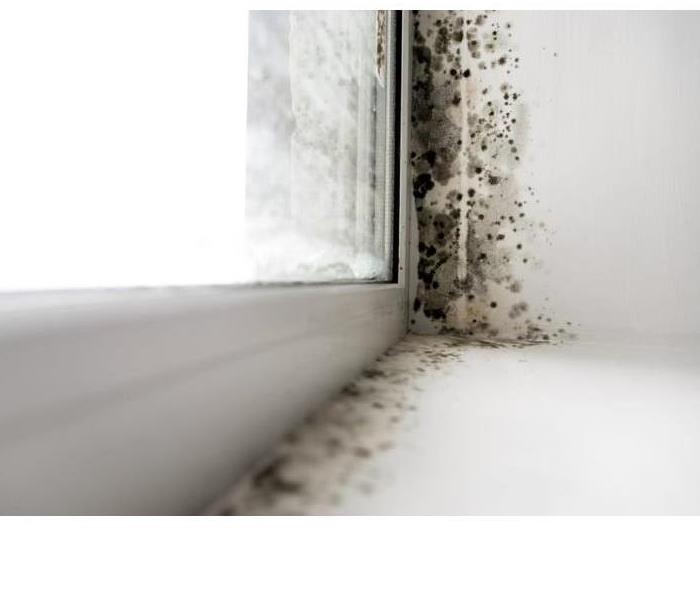Health Effects of Mold
5/2/2019 (Permalink)
Many different kinds of molds are present in buildings, and not all molds are as potentially
harmful as others. Molds affect different humans in different ways, so we all must be aware that
human health is at risk whenever molds grow excessively and multiply in a structure.
Chemical Compounds
Molds produce two types of chemical compounds to which occupants of water-damaged
buildings may be exposed:
• Mycotoxins are known to cause health problems in humans.
• Microbial Volatile Organic Compounds (mVOCs) result in unpleasant smells in our
homes.
Mycotoxins are poisonous substances. (“Myco” means fungus, so think of mycotoxins as “fungi
toxins.”) They are designed for chemical warfare against other organisms, even against other
types of molds. Living molds may produce mycotoxins to discourage other molds or bacteria
from growing in the same territory. Unfortunately, humans who inhale, ingest, or touch
mycotoxins may have a toxic reaction. Not all molds produce mycotoxins; furthermore, molds
that can produce mycotoxins do not produce them in all situations.
Microbial Volatile Organic Compounds are called mVOCs. mVOCs are produced by chemical
changes that take place during the mold life process. They are waste products given off by
actively growing molds. Some mVOCs produce musty and moldy odors. Research has not
proven that exposure to mVOCs causes health effects, but the odors from mVOCs may indicate a
level of mold contamination requiring remediation.
Research is ongoing as to how chemical compounds from mold relate to health effects in
humans. The Environmental Protection Agency (EPA) has stated that more studies are needed to
understand the relation between mycotoxins and health. Also according to EPA, research in mVOCs is still in an early phase.2 Perhaps one of the most extensive studies on mold’s health
effects is the report by the Institute of Medicine.




 24/7 Emergency Service
24/7 Emergency Service
